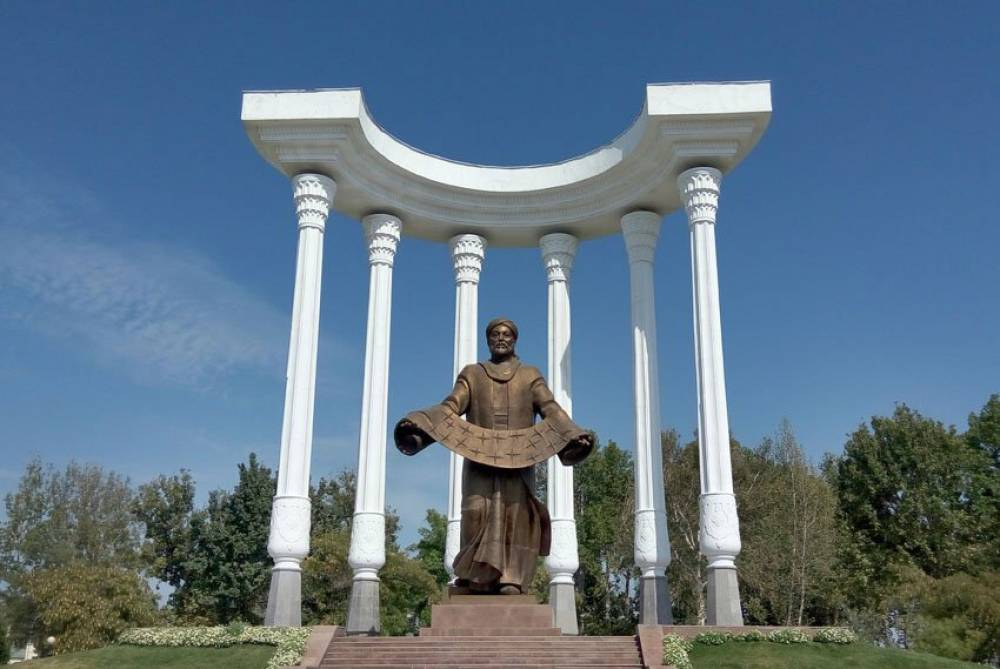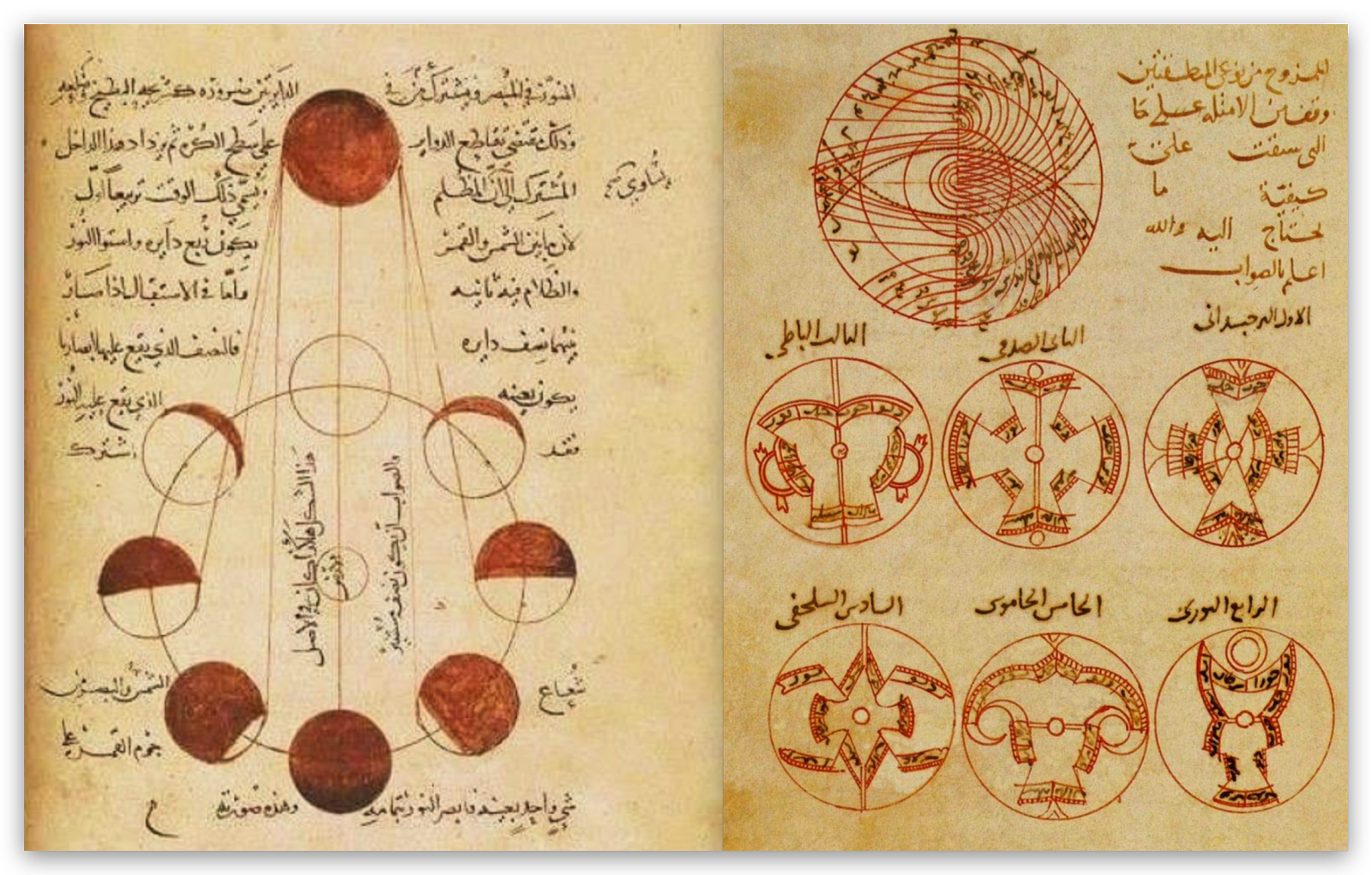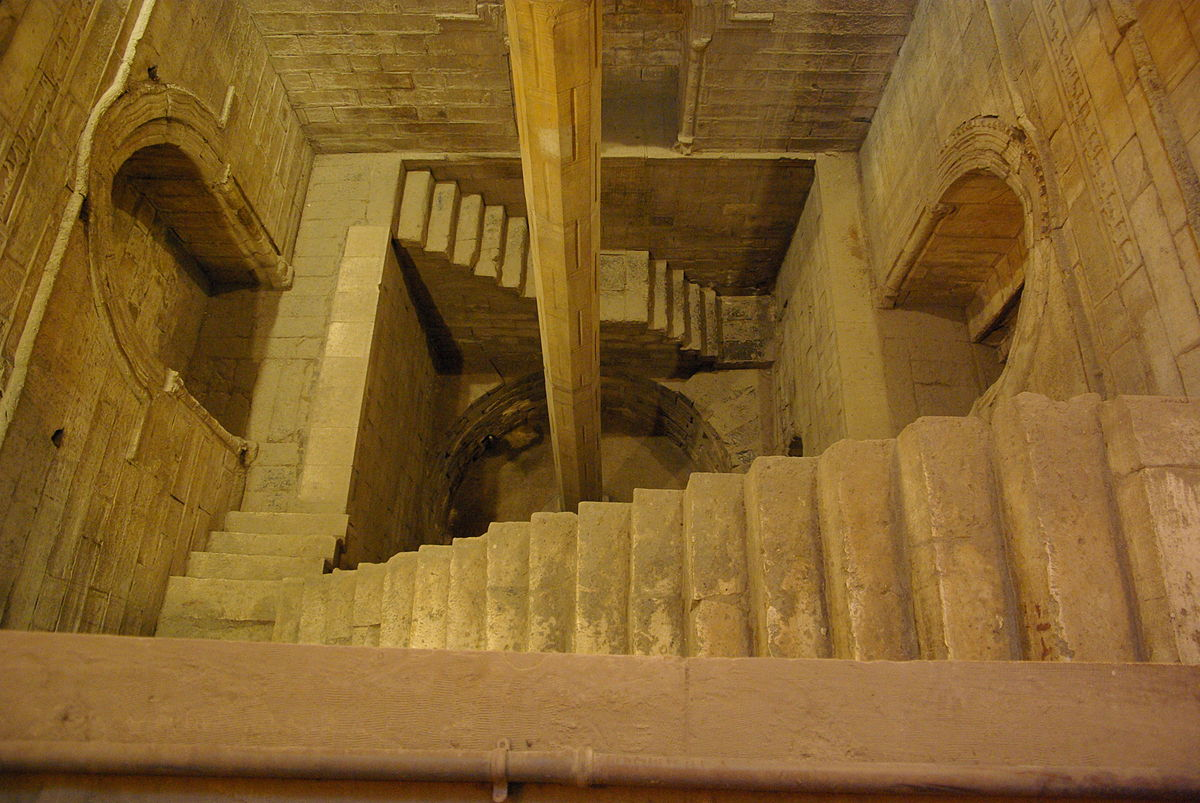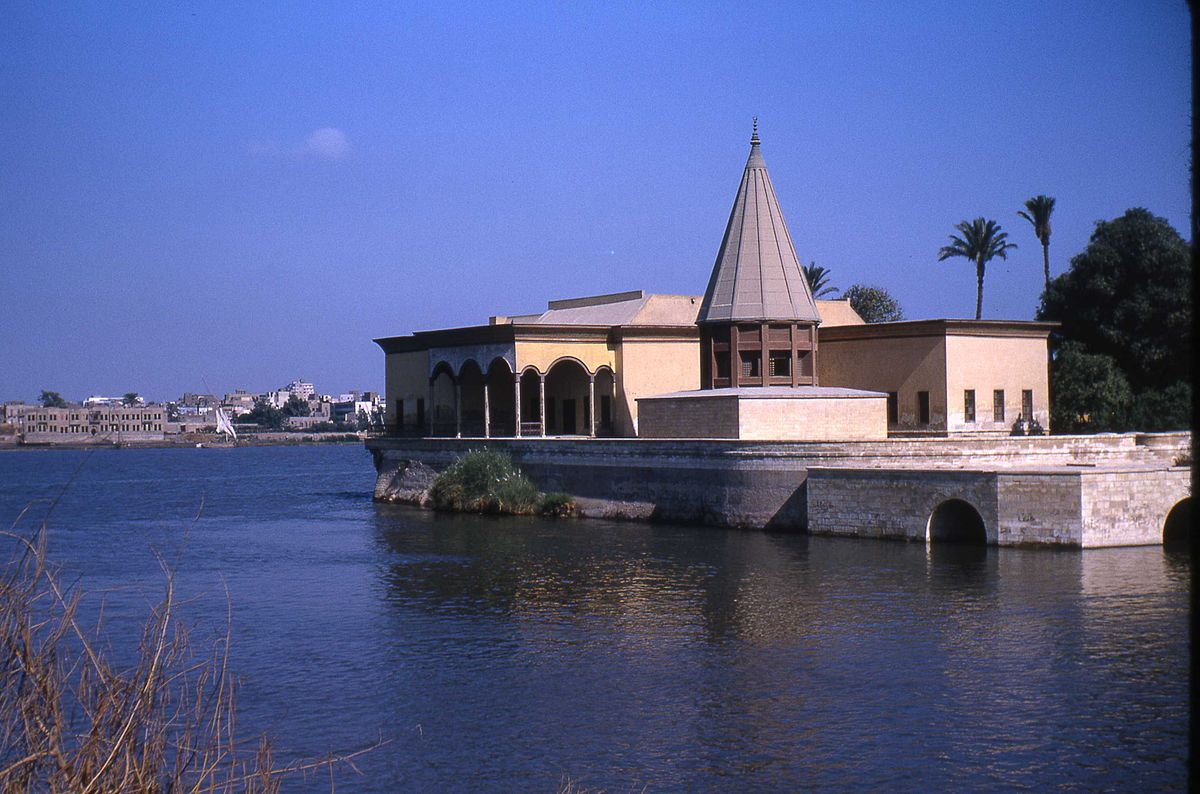The world-acclaimed star of the East

Thousands of years ago, when there were no telescopes or smartphones, people observed the sky, striving to understand its mysteries. In such an era, from the rugged, desert and valley-filled lands of the ancient East, a star of his time entered the annals of scientific history. The naming of a crater on the moon as “Alfraganus” is a testament to the formal recognition of this Eastern thinker by the global scientific community. The Center of Islamic Civilization in Uzbekistan places special emphasis on showcasing such projects that reflect the scientific potential of the East.
Today’s advanced space explorations, artificial satellites, and missions to Mars are built upon the pioneering studies of Ahmad al-Farghani, who lived and worked thousands of years ago. His discoveries laid the foundations for the entire body of scientific knowledge.

His life marked not only a turning point in the history of astronomy and mathematics, but also in the intellectual development of all humanity. Al-Farghani was no ordinary figure he was the star of his era, a genius driven by the pursuit of truth and determined to unveil the secrets between the Earth and the heavens. Through his study of stars, planets, the dimensions of the Earth, and cosmic phenomena, he fundamentally transformed the worldview of his contemporaries.
His astronomical discoveries remain significant to this day
Ahmad ibn Muhammad ibn al-Kathir, known as Ahmad al-Farghani, was born around the year 798 in the Fergana Valley. Although there is limited precise information about his life, his scientific legacy especially in the field of astronomy continues to be highly valued today. Al-Farghani worked at the “Bayt al-Hikma” (House of Wisdom), which was a major center of science in his time.
In his scientific research, Al-Farghani systematized knowledge about the Earth and the heavens, presenting it in a clear and accessible manner. He focused primarily on astronomy and geography, producing many works in these fields. His book The Elements of Astronomy holds a significant place in the history of science. In it, he explains the movement and positioning of celestial bodies, the shape and dimensions of the Earth, using simple and fluent language. This work went on to serve as a primary textbook in scientific centers for centuries.

The Nilometer – A Model of the Harmony Between Science and Practice
Ahmad al-Farghani’s scientific prowess was not limited to theoretical astronomy. He also achieved remarkable success in the field of practical engineering. In the year 861, he renovated and significantly improved the famous Nilometer “Miqyas an-Nil” located on Rawda Island in Cairo, the capital of Egypt.

This structure was of immense importance to agriculture, as the seasonal fluctuations of the Nile River’s water level were a fundamental factor in Egypt’s agricultural system. By predicting potential floods or droughts in advance, it was possible to plan crop cultivation, harvests, and food storage accordingly. The Nilometer also served to warn the city’s administration of impending dangerous floods. This device is regarded as a brilliant example of Al-Farghani’s engineering knowledge and practical thinking. Notably, the Nilometer remained in use until 1971, when the Aswan High Dam was completed.
One of the Foundations of Europe’s Scientific Renaissance
Ahmad al-Farghani’s book The Elements of Astronomy was translated into Latin in the 12th century and became known as Elementa Astronomica. It served as a primary textbook in European institutions of higher learning universities up until the 17th century. In this work, he presented fundamental topics such as the movement of planets, the positions of stars, the shape and dimensions of the Earth, and the structure of the universe in a simple yet scientifically grounded manner.
Many renowned European scientists and literary figures based their groundbreaking discoveries on this work. In the 15th century, the prominent German scholar Regiomontanus delivered lectures based on al-Farghani’s book at the University of Padua in Italy. This clearly illustrates that al-Farghani’s work was one of the major sources of the European Renaissance and the advancement of science.
Another notable fact is that the great 13th-century Italian poet Dante Alighieri used al-Farghani’s cosmography in his work The Banquet, indicating the scientific foundation of Dante’s writing. Similarly, the famous German writer Johann Friedrich Schiller also spoke of al-Farghani with respect in his works. By the 16th century alone, The Elements of Astronomy had been published four times demonstrating its scientific relevance and wide dissemination.
A Legacy Recognized in the History of Science
The global recognition of Ahmad al-Farghani’s scientific legacy is not limited to the past; it continues to this day. The naming of a crater on the moon as “Alfraganus” is an official acknowledgment by the international scientific community of his contributions to astronomy.
In 1998, in cooperation with UNESCO and other international organizations, the 1200th anniversary of Ahmad al-Farghani’s birth was widely celebrated. This occasion included international scientific conferences, exhibitions, and cultural events. Furthermore, in 2007, the Egyptian government erected a statue of al-Farghani in Cairo, once again confirming his eminent place in the history of science and culture.
Through his profound knowledge, theoretical expertise, and practical achievements, Ahmad al-Farghani made an immense contribution to laying the scientific foundations of human civilization. His work retained its impact not only in his own era but throughout the following millennium. Today, his writings continue to be studied by scholars, historians, and engineers. His legacy remains not only a part of our historical past but also an integral component of modern progress.
At the Center of Islamic Civilization in Uzbekistan, special attention is given to projects that highlight such scientific potential of the East.
Husan TURSUNOV
P.S.: The article may be reproduced and published with a reference link to the official website of the Center.
Most read

Over 100 experts from more than 20 countries of the world are in Tashkent!

President of Serbia Aleksandar Vučić visited the Islamic Civilization Center in Uzbekistan

The Center for Islamic Civilization – a global platform leading towards enlightenment











